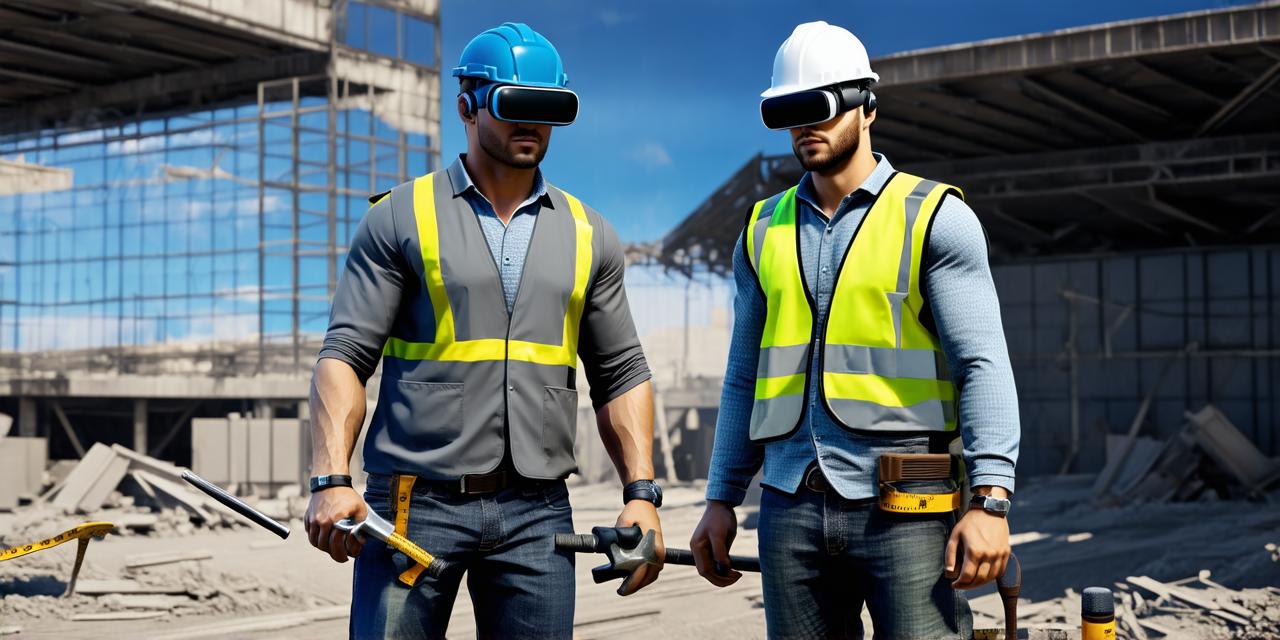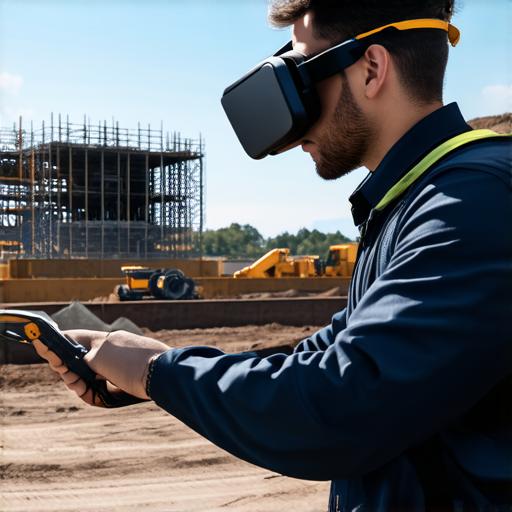
How can the construction industry utilize virtual reality?
Virtual reality (VR) technology has been rapidly advancing in recent years, and it’s no surprise that it has found its way into the construction industry. As a highly immersive and interactive technology, VR can provide a unique perspective to the construction process, helping developers and builders better understand and visualize complex designs, improving collaboration and productivity.
1. Design Visualization
One of the most significant advantages of using virtual reality in the construction industry is its ability to provide a realistic and interactive visual representation of a project. This can help architects and designers better understand the complexities of their designs, making it easier to make changes and refine them as needed.
For example, a VR headset allows designers to explore their designs in 3D, giving them a better sense of scale and perspective. They can also see how different elements interact with each other, such as the way sunlight filters through windows or how furniture fits into a space. This level of immersion can lead to more accurate and efficient design processes.
2. Collaboration and Communication
Virtual reality can also improve collaboration and communication between different stakeholders in the construction process, including architects, contractors, and clients. By providing a shared virtual environment, all parties can interact with each other in real-time, giving them a better understanding of each other’s perspectives and requirements.
For example, a client can use VR to explore their project and provide feedback to the design team. The team can then make changes based on this feedback, providing the client with a more personalized and satisfying experience. This level of collaboration can lead to fewer misunderstandings and miscommunications, resulting in a more successful project.

3. Training and Education
Virtual reality can also be used as a training tool for construction workers and professionals. By simulating real-world scenarios, VR can provide a safe and controlled environment for workers to learn new skills and techniques. This can help reduce the risk of accidents and injuries on site, as well as improve the overall quality of workmanship.
For example, a construction company could use VR to train their employees on how to handle heavy machinery or operate cranes safely. The employees could also use VR simulations to learn about complex engineering concepts, such as structural design or materials science. By providing this level of training and education, companies can ensure that their workers are equipped with the skills they need to succeed in their roles.
4. Cost Savings
Virtual reality can also help construction companies save money by reducing errors and improving efficiency. By providing a more accurate representation of a project, VR can reduce the number of mistakes made during the design and construction process. This can lead to fewer delays, lower costs, and a more satisfied client.
For example, a construction company could use VR to simulate the construction process and identify potential problems before they arise. They could also use VR to optimize the layout of a building, reducing the amount of material needed and improving energy efficiency. By making these changes, companies can reduce their costs and improve their bottom line.
Case Studies:
1. The Edge in Amsterdam
The Edge in Amsterdam is a prime example of how virtual reality is being used in the construction industry. The building was designed using VR simulations, allowing architects to explore different design options and make changes in real-time based on feedback from clients and stakeholders.
2. Autodesk’s VR Experience
Autodesk’s VR experience is another great example of how virtual reality is being used in construction. The company has developed a range of VR tools and software that can be used to design, visualize, and simulate building projects. This technology has been used by companies such as AECOM, Turner Construction, and Bechtel to improve their project workflows and reduce costs.
Expert Opinions:
“Virtual reality is transforming the construction industry,” says Dr. Greg Haughton, Director of Research at Autodesk. “By providing a more immersive and interactive environment for designers and builders, VR can help improve collaboration, communication, and efficiency.”


